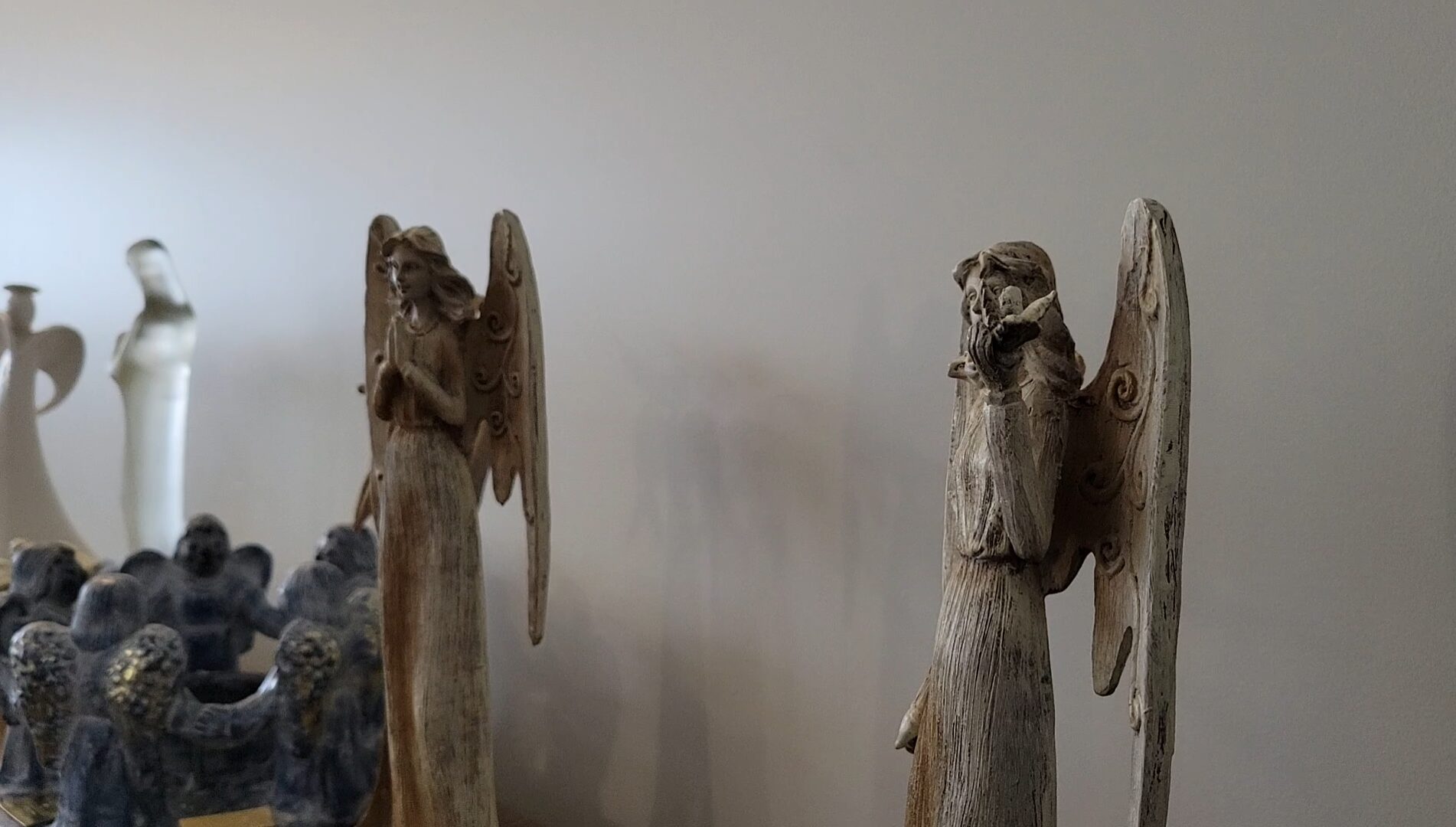The National Hospice Palliative Care Association was established in 1987, and with it, the Prince George Hospice Palliative Care Society began work in the community. This is part two of a three-part detailed series delving into the Society. And you can read part one here.
The next installment will come out tomorrow (Thursday, Feb 17th), and each part will focus on a different aspect of the organization.
In Part one of this series, we covered some of the programs that the Prince George Hospice Palliative Care Society have, and showed the importance of volunteering.
Hospice is a not for profit organization, so getting funding is a major part of the work that happens in the organization.
“The programs we offer are all free, and anybody can use them, you don’t have to have had somebody pass away in the Rotary house to use our programs. Anyone, always, just call anytime,” said Jessica Rankin, Special Events Support.
“…people think it’s only about dying here, and it’s actually about life to the very, very end.”
“That’s why we fundraise, right? I’m not exactly sure how all the money comes to Hospice, I know fundraising is huge and it takes care of a large portion of our operating costs.”
Rankin added that it’s not just about raising funds for the organization, it’s also about raising awareness about what the Prince George Hospice Palliative Care Society does.
“I think we want people to know that we have [programs] available to them. Because people think it’s only about dying here, and it’s actually about life to the very, very end. And about how we can help people deal with their emotions, and deal with what’s happening.”
“We are always looking to fundraise and raise awareness. And I think this year is really going to be a big year about awareness for us,” added Rankin.
Hospice holds many different events, like the Colour Walk, High Tea for Hospice, Boogie with the Stars, and a big one that most Prince George residents know about.
“The Dream Home is our biggest fundraiser. We are now in our twelfth year of the Dream Home, and it is, again, the biggest fundraiser for us for the year, it is the biggest project,” said Special Events Coordinator Sandra Klimm.
“It takes over about six months worth of lottery, but it’s a whole year program. Because when the first house is done we’re already working on trying to build the next house.”
Klimm said many of the events have been hit by COVID-19, so they’ve had to get creative.
“What I think was pretty incredible, we just came up with things differently. Like we had our Colour Walk, we had just launched the year before our first Colour Walk. And then we decided we can still be there, we’ll just do it differently. So we have kind of been forced to adapt.”
“We don’t have to jump through ten million loopholes, see can we do this? Can we do this? Can we get approved for this? We just do it.”
“We do rely on the community for raising probably close to $2 million a year.”
She added that the people they sell Dream Home tickets to aren’t necessarily in it for the grand prize, and that many of them are just looking for ways to support their organization.
Dream come true for Dream Home Lottery winners https://t.co/CZKWCbiJOH pic.twitter.com/zvvtZnbGOL
— My Prince George Now (@mypgnow) December 18, 2021
“We respond to Prince George. That’s what we do, we’re a community service program, so we provide service that Prince George wants, not what we think they want,” said Executive Director Donna Flood.
“We’re here, and we will continue to be here as long as the community wants us and needs us, and can support us. We do rely on the community for raising probably close to $2 million a year.”
“All of them are the faces of Hospice, not just the person that sits in my seat.”
Flood said that seven of the ten beds at the Hospice House are funded by Northern Health, and they can sometimes get specific grants relating to things like masks and supplies, but the majority of what keeps them afloat comes from volunteering and fundraising.
“It’s volunteers, it’s families, it’s staff, it’s nurses, it’s care-aids. All of them are the faces of Hospice, not just the person that sits in my seat. So much more makes Hospice what Hospice is.”
She noted that much of what happens within the organization is a balancing act, and having people who care about Hospice, and care about more than just their own role keeps everything running smoothly.
“The skill is having a great team so it’s easy. If a plate is dropping, someone else is there to pick it up.”
By creating such an effective workforce, Flood is hoping to extend the skills and knowledge they have on to other Hospice Societies.
“We’ve reached out to all of them to sort of find out what it is we can do to support them and grow their capacity, and maybe give training. We’ve been able to, through ZOOM, train some of their volunteers for them. So they come in through our training so that they have ready made volunteers to provide the programs.”
Flood also said that the Prince George Hospice Palliative Care Society is going through an accreditation process right now, making it the first Hospice in BC to be accredited through the Hospice Ontario Accreditation.
She added that they will take a look at multiple aspects of what their organization offers, and making sure that they meet community needs.
The Prince George Hospice House was the first in all of BC, which was created in 1995.
Flood is also the President of the BC Hospice Palliative Care Association, which sets a lot of the standards across BC, and she also sits on the Canadian Hospice Palliative Care Association.
“We’re humble, so people don’t really realize how significant and important the work that we do is.”
In the next installment, we’ll cover the Hospice Care that’s offered to residents, and gain perspective from those on the frontlines.
Something going on in the Prince George area you think people should know about?
Send us a news tip by emailing [email protected].






